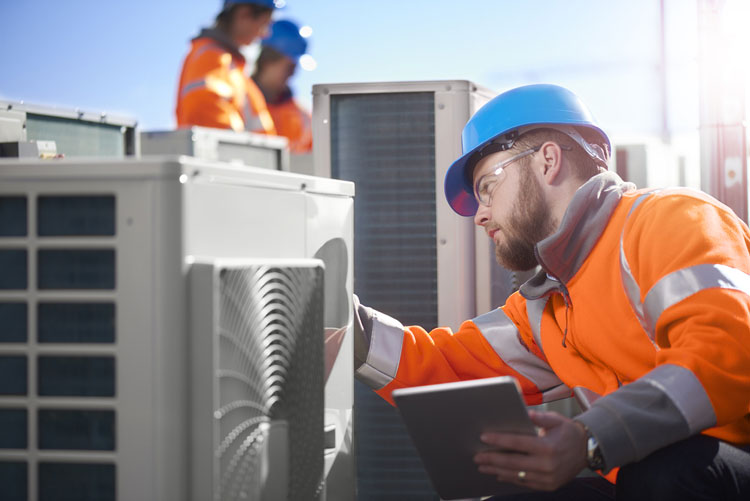The commercial HVAC installation process is a complicated and essential job for any business. When installing a commercial HVAC system, it is important to make sure that the system is installed correctly and efficiently so that the business can continue running smoothly
Here are some tips for a successful commercial HVAC installation:

Image Source: Google
1. Get a good contractor: A quality commercial HVAC installation will require experienced and skilled professionals, so make sure you choose someone who is qualified and experienced in the field.
2. Plan ahead: Before starting any work, be sure to consult with your contractor about the best way to proceed based on your specific needs and requirements. This will help ensure that everything goes smoothly from start to finish.
3. Do your research: It’s important to have an understanding of the various types of commercial HVAC systems available before making a decision. This will help you better decide which system is right for your business.
4. Make sure the system is installed correctly and securely: Commercial HVAC systems are big and heavy, so make sure they are installed properly and securely so they don’t fall down or cause any damage during operation.
There are a variety of different types of commercial HVAC systems, each with its own set of benefits. The three most common types of commercial HVAC systems are mini-split, central AC, and heat pumps.
- Mini-split systems use two or more air conditioners to cool a single space. They are popular in apartments and other small spaces since they're relatively easy to install and maintain.
- Central AC systems use one air conditioner to cool multiple spaces. They're more expensive than mini-split systems but easier to operate and maintain since the air conditioner can be turned on or off from a centralized location.
- Heat pumps use refrigerants to transfer heat from one area to another. They're more expensive than central AC and mini-split systems but can achieve lower temperatures than either type of system.